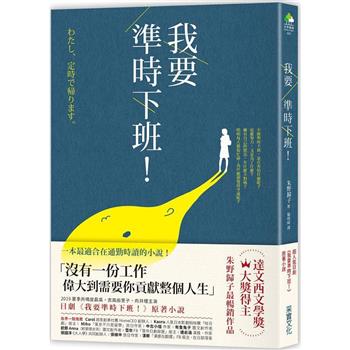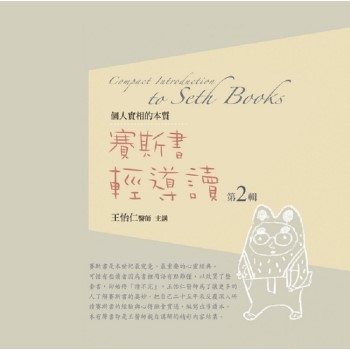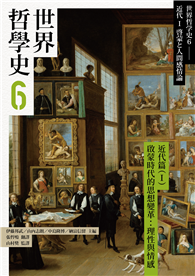Throughout his life, Lindbergh’s value structure, interests, and activities shifted and moved, yielding a conflict between instinct and intellect. Both its presence in his life and his readjustment of values in accordance with it are representative of his time and culture. He moved, with the twentieth century itself, from a faith in technology to a disenchantment with it and finally to a balanced resolution that synthesized the seeming oppositions of technology and the human spirit. This emphasis on a balance between technology and humanity, and Lindbergh’s belief that maintained the complementarity rather than the opposition of the two forces, finally culminated in a post-technological mysticism, a teleological worldview of science and nature as aspects of the same physical and spiritual environment.
| FindBook |
有 1 項符合
Charles a Lindbergh and the American Dilemma: The Conflict of Technology and Human Values的圖書 |
 |
Charles a Lindbergh and the American Dilemma: The Conflict of Technology and Human Values 作者:Gray 出版社:Popular Press 出版日期:1988-01-01 語言:英文 規格:精裝 / 136頁 / 22.9 x 15.2 x 1 cm / 普通級/ 初版 |
| 圖書館借閱 |
| 國家圖書館 | 全國圖書書目資訊網 | 國立公共資訊圖書館 | 電子書服務平台 | MetaCat 跨館整合查詢 |
| 臺北市立圖書館 | 新北市立圖書館 | 基隆市公共圖書館 | 桃園市立圖書館 | 新竹縣公共圖書館 |
| 苗栗縣立圖書館 | 臺中市立圖書館 | 彰化縣公共圖書館 | 南投縣文化局 | 雲林縣公共圖書館 |
| 嘉義縣圖書館 | 臺南市立圖書館 | 高雄市立圖書館 | 屏東縣公共圖書館 | 宜蘭縣公共圖書館 |
| 花蓮縣文化局 | 臺東縣文化處 |
|
|
圖書介紹 - 資料來源:博客來 評分:
圖書名稱:Charles a Lindbergh and the American Dilemma: The Conflict of Technology and Human Values
|











